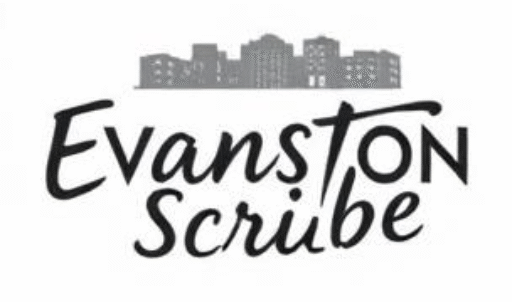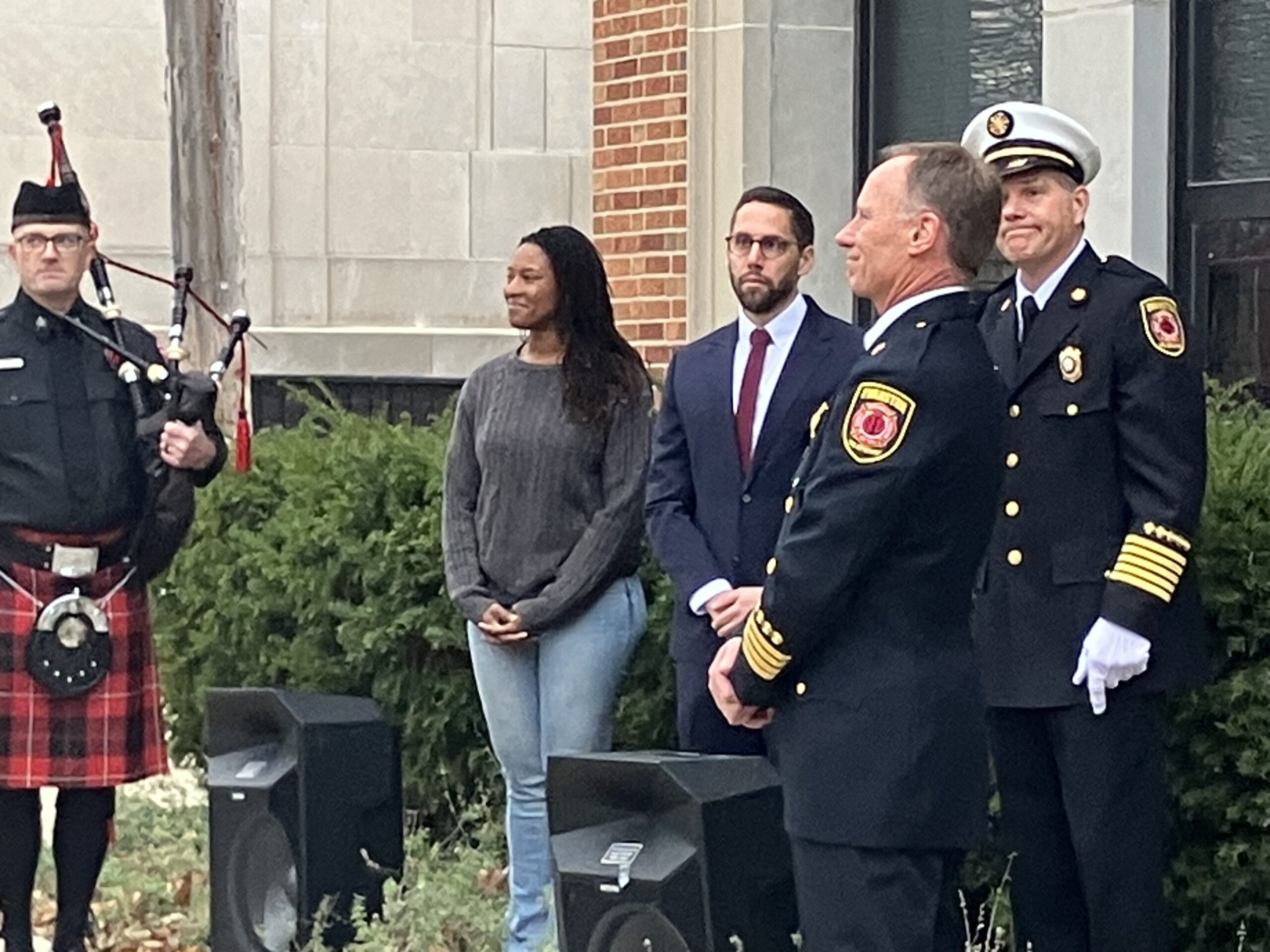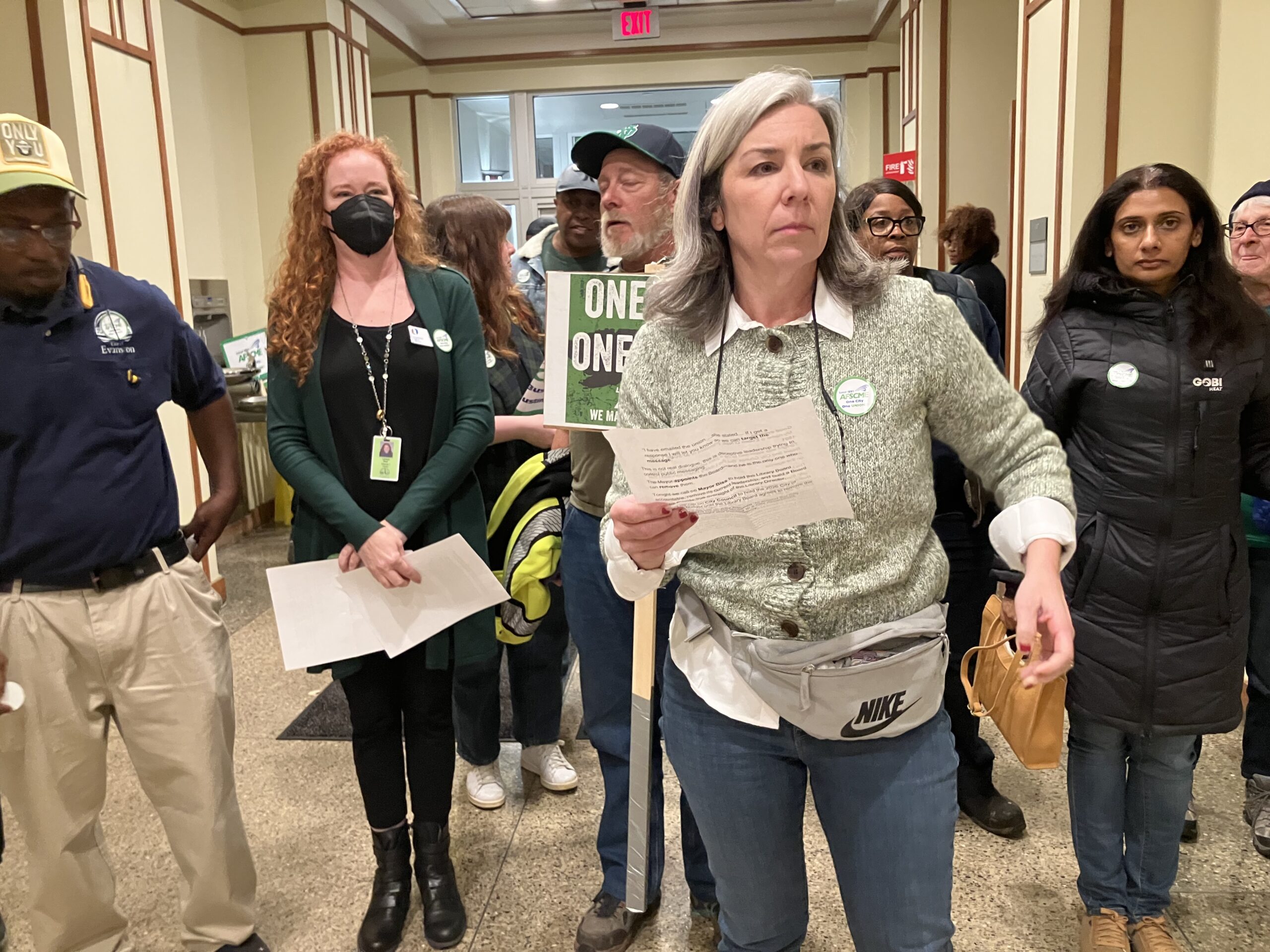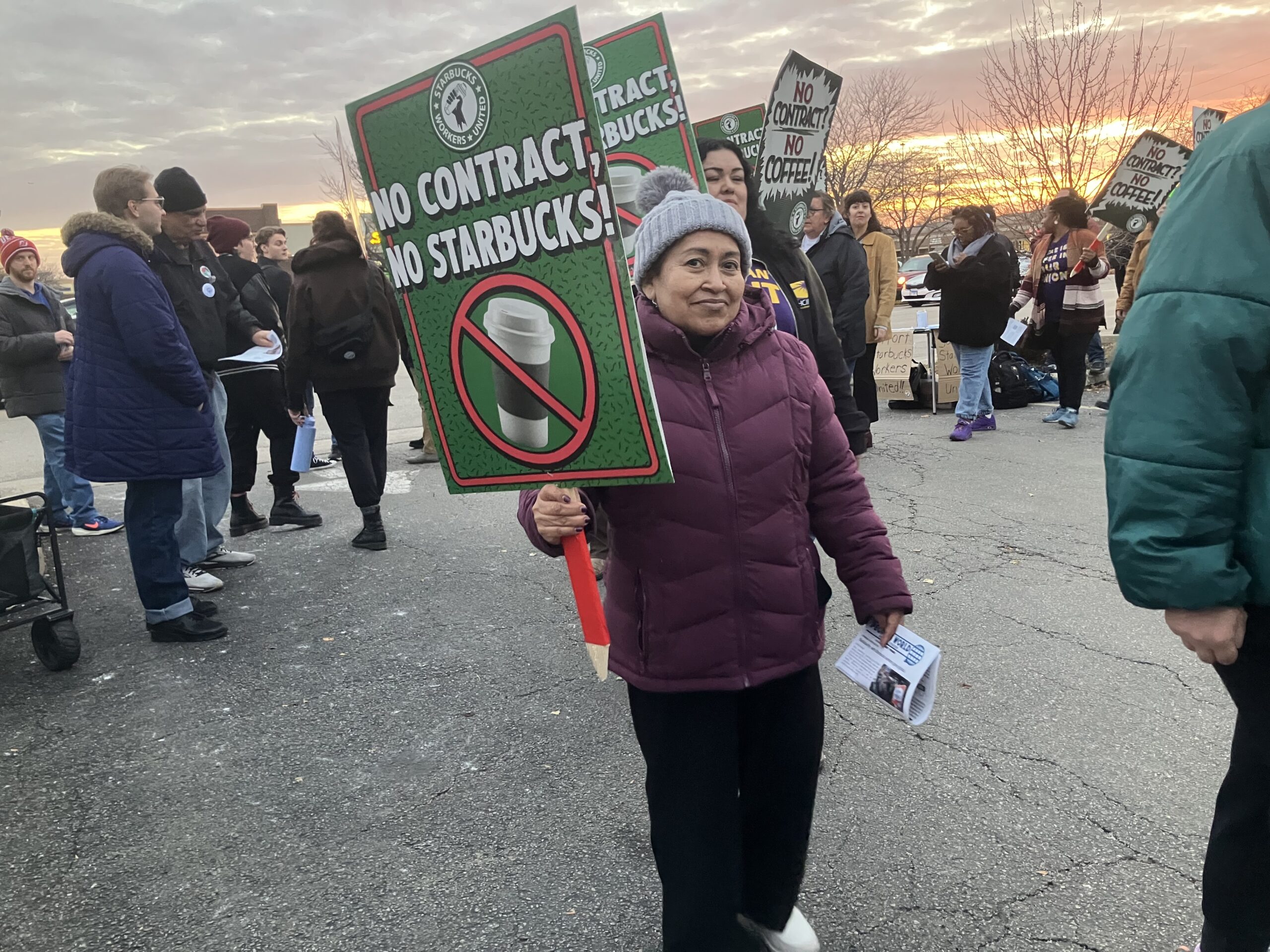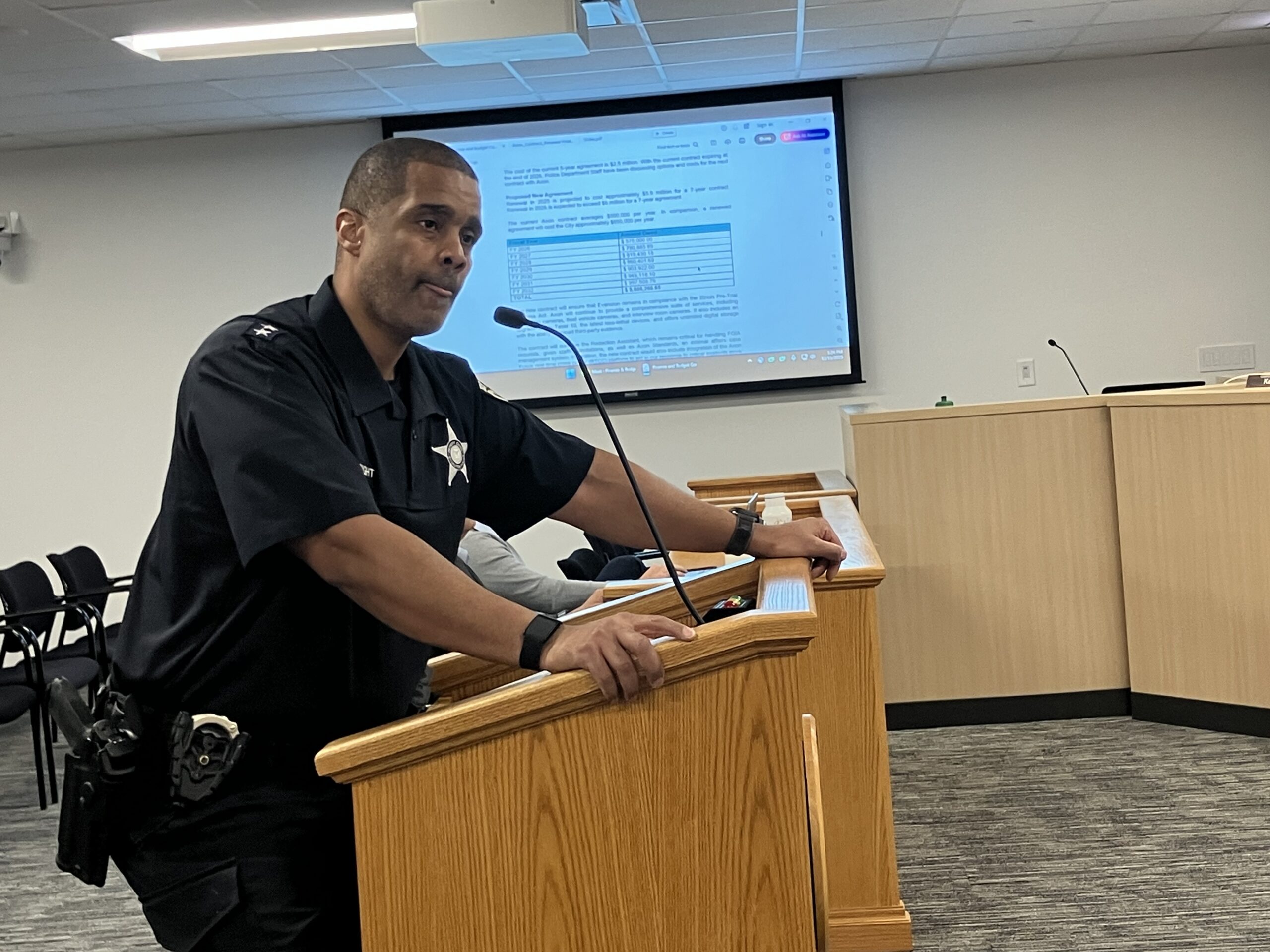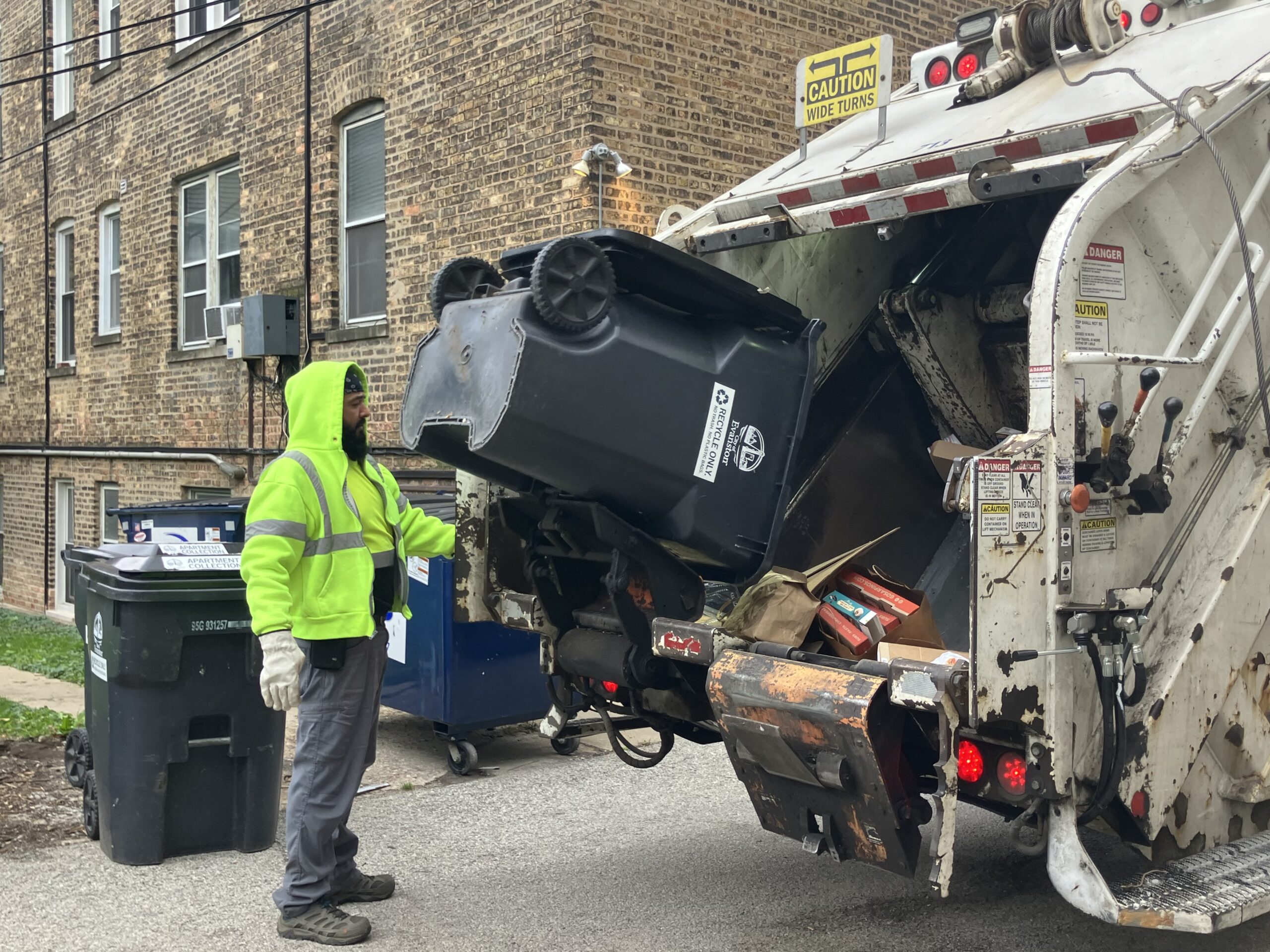Staff propose giving the mayor a chance to weigh in when an ordinance is one vote away from adoption but multiple councilmembers are absent
By Bob Seidenberg
The current “Rules and Organization of the City Council of the City of Evanston,” more commonly referred to as “Council Rules,” were initially drawn up to serve as a guidebook for councilmembers as they conducted city business.
But the document — a compendium outlining elected officials’ powers and duties — needs an update, officials said, namely because, in some cases as now structured, it can lead to “parliamentary confusion.”
In a presentation to the council’s Rules Committee on Monday, city staff recommended a number of rule changes large and small, from procedural clarifications all the way up to allowing the mayor to vote when multiple councilmembers are absent or recused and the remaining members split 4-3 or 4-2, for example (right now, the mayor can only break 4-4 ties, and the city requires five yes votes for an ordinance to pass).
Members of the newly-elected City Council, in their first full-fledged meeting since taking the oath of office on April 28, agreed to address some of the issues.
At the meeting, councilmembers agreed to submit written feedback by Monday, May 12 to a draft document already developed by staff. These written comments will then be incorporated into a second draft, which the Rules Committee will consider at its meeting on June 2.
City staff suggested the rules revision “to begin a conversation that ultimately the council as policy makers will provide direction on,” Liza Roberson-Young, the city’s chief legislative policy advisor, wrote in a memo on the issue and also said during a presentation to the committee.
Last revised in December 2022, the current Council Rules document is in need of a revision in several respects, she said.
First, the current Rules are organized alphabetically instead of a way that makes substantive or parliamentary sense,” she said.
“So literally, rule number one is adjournment, which, of course, is the very last thing that happens in a council meeting,” she pointed out. “This organizational structure makes it pretty challenging to resolve questions of procedure on the fly, and I think it creates confusion for members of the public who are trying to understand what the council is doing. Why?”
The draft prepared by staff seeks “to make it easier to find relevant provisions when there are parliamentary questions that arise in the middle of council meetings, and this is the bulk of the changes in the draft,” she said. “This aspect of the draft is intended only to make our current rules legible and understandable, not to make significant changes.”
Other suggested changes are intended to clean up inconsistencies within the rules, and also between the rules and city code itself, according to Roberson-Young.
The draft includes “some substantive changes that are aimed at making our current practices run more smoothly, particularly around parliamentary issues like how motions are made,” she said.
Currently, observed Councilmember Jonathan Nieuwsma (4th), supporting the need for change, “we’ve got Council Rules, we’ve got city code, we’ve got Robert’s Rules. … I assume it’s written down somewhere that if there is a conflict between one of these documents, which one takes precedence?”
Robert’s Rules of Order is a procedural manual that an army officer wrote in 1876. Municipalities, nonprofit boards and other groups widely use the book to establish norms for making and voting on motions and amending existing policies, among other things.
In Evanston’s case, Council Rules take precedence over Robert’s Rules, Roberson-Young responded to Nieuwsma. But one of the goals of this revision process, she said, is to put a cohesive set of rules in place that the council agrees on, creating a consistent document so councilmembers aren’t constantly flipping back and forth between three different procedural manuals.
She highlighted some of the key changes that staff included in its first draft, including an amendment to the the mayor’s voting authority. Under existing rules, the mayor, who serves in mostly a presiding role at meetings, only votes either when the council vote results in a tie, or when a vote greater than a majority of the “Corporate Authorities” (the nine councilmembers and one mayor) is required to adopt an ordinance.
But staff are recommending that the mayor also vote when the vote of councilmembers has four affirmatives and fewer than four negatives, which could happen if two of the nine members are absent from a meeting, for example.
“The current rules don’t say what happens if there’s a four to three vote, in which case there aren’t the necessary five votes to pass something,” Roberson-Young explained. “So this is just a change to clarify what happens in that situation.”
In brief discussion, Nieuwsma noted that the change would comply with current city code. He referenced situations the council has encountered in the past, including when one of the nine voting councilmembers has had to recuse themselves and another was not present.
“And since an ordinance needs five votes to pass, we didn’t want to let progress grind to a halt,” he said.
A ‘weird reality’
New Councilmember Matt Rodgers (8th Ward) questioned what would be achieved by the change, noting that if there was a 4-2 vote on an issue and the mayor sided with the no’s, “we would still end up at the exact 4-3 vote that we are trying to avoid.”
Entering the discussion, Mayor Daniel Biss, who has a speaking role on the Rules Committee, explained that “we’re trying to avoid the following really weird reality that we have now, which is I break 4-4 ties. But if something is four yes’s and three no’s, it’s just dead. That just seems odd.”
Parielle Davis, the Seventh Ward’s new councilmember, said she favored getting rid of the 4-4 tie-breaking vote “just to be consistent,” but she didn’t elaborate.
During the public comment portion of the meeting, longtime resident Paul Breslin spoke against the change.
“The mayor should not be able to change a 4-3 majority vote in Council to a tie,” he said. “Robert’s Rules permits this action, but in a small deliberative body, I believe it’s bad policy. It’s one thing to overturn a vote of, say, 50-49, another to overturn a vote of 4-3.”
Conflicts of interest
The draft also expands the definition of a conflict of interest to include personal, family or client interests in addition to economic interests, Roberson-Young explained. (As of now, Council Rules confine conflicts to direct monetary interests in something.)
She told the committee that the proposed change would allow the council to determine whether a member has a conflict of interest in cases where it might be unclear. A member found to have a conflict of interest would then recuse themselves and not be part of the voting quorum on the issue at hand.
Communication between council and staff
Beyond conflicts and the mayor’s voting power, the proposed update adds a completely new section to the Council Rules — one that governs communication between elected officials and city staff.
The draft recommends that such communication “shall be routed through the city manager and if applicable, the Deputy City Manager.”
This section “is intended … really just to ensure that the city manager and deputy city managers are looped in on communications with the staff to improve efficiency in staff responses,” Roberson-Young said, “and to make sure city leadership has awareness of these responses and can make sure they are being handled appropriately.”
Staff are also proposing a provision stating that City Council meetings will conclude by 11 p.m. unless a continuation is needed for a specific reason, she said.
The goal there, she told councilmembers, is to make meetings more efficient and ensure that if a meeting runs late, it’s clear what agenda items are still going to be discussed.
Different ways to land on the agenda
Another change on the docket is a clarification on how items can be placed on a City Council meeting agenda — through the referrals process by a majority of councilmembers, by the mayor or, in the case of administrative or non-legislative items, by the city manager.
The revisions also provide that the mayor or a councilmember may remove something from the consent agenda during a meeting or within the 24 hours preceding that meeting, Roberson-Young noted.
“This is just to give everyone, both council and staff and the public, some advanced notice of what items require discussion,” she said, and “what staff should be present to support discussion.”
Moving up the agenda
Councilmember Bobby Burns (5th) proposed a change of his own to give councilmembers the chance to weigh in with any specific concerns or announcements closer to the start of meetings.
Currently, the “Call of the Wards” is a standing item at the end of every meeting, where councilmembers can offer their thoughts on issues relating to their neighborhood. But that agenda item often follows several hours of public comment and council debate on other business.
The change would allow councilmembers to address their constituents “in prime time, when people are listening,” Burns said.
During public comment on Monday, Mary Rosinski, a longtime community activist, asked the city to share a summary of the proposed rule changes with the public, so people can compare the proposed document with the existing one.
“I realize some of them are clarifying changes, but some are much larger,” she said, specifically referring to giving the mayor the power to vote in cases other than tie breaks.
Rosinski also suggested “that anyone appointed to a committee should have to be qualified with some expertise in the committee.”
“There are some committees that require that [expertise] for the good of the city,” she maintained, naming the city’s Land Use Commission and Ethics Board as examples. “Having an interest without expertise is not sufficient.”
